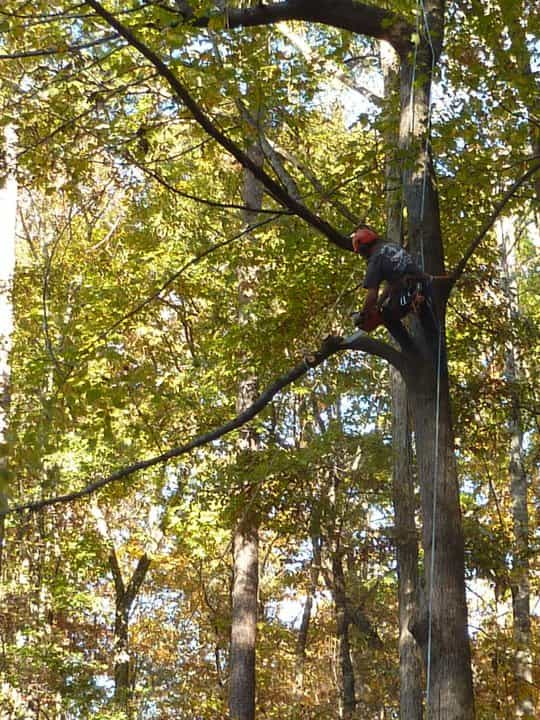Tree Cabling Douglasville

Trees can have a very special meaning to some people. You even see it in the movies. There is some tree where the two characters etched their names as children only to grow up and have it remind them of where their love began. Some tree species, when properly cared for and maintained, can grow into these beautiful, majestic things right out of an old Americana novel. So, often times, the first resort to dealing with an unsafe tree, especially one that has meaning or is simply beautiful, it to try cabling to make the tree and all of its branches safer for you and your family.

While Tree Works Unlimited specializes in tree removal especially when it comes to dangerous trees, more often than not it is for trees that are already dead or are dying. We do, however, remove perfectly viable trees simply because the way they have grown or their branches have branched present a hazard to you and your home. But many people don’t want to go this route because they love the tree so much.
This is where tree cabling comes in. With our vast experience working with trees both small and large, we have mastered using cables to assist with trees that are growing in potentially dangerous ways. Sometimes a tree can grow with a split trunk and one or both sides of the tree can grow at an angle that makes it more susceptible to splitting when extra weight is applied higher in the tree whether that is from excess limb growth, wet leaves, or even ice. A healthy tree with a split trunk that is growing at an angle can be just as susceptible to breaking as a dead tree can be. It is because of this that you would want cabling.
Through the use of heavy-duty steel cables, we will, in effect, force the tree to grow in a direction that is more vertical, which will limit the likelihood of it cracking under excess weight in the future. With this cabling, the tree will be forced to grow in a different direction and over time will no longer be the threat that it was. Again, doing this is a way to preserve the tree so that it does not have to be removed. This is also a cheaper and more cost-effective method of protecting your home from the dangers of a falling tree.
